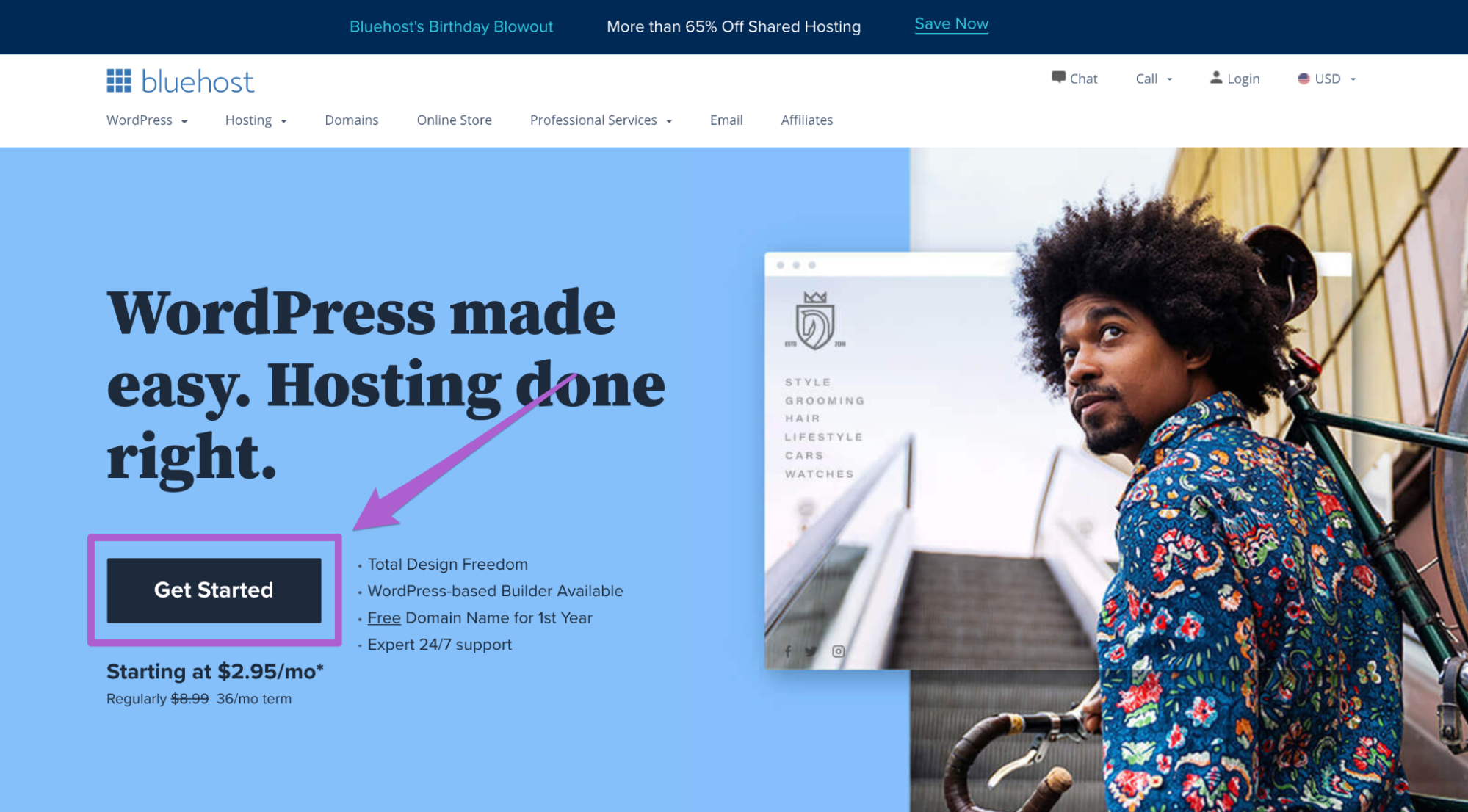
Enhance Your Website's User Experience with Microinterations
ENHANCE YOUR WEBSITE’S USER EXPERIENCE WITH MICROINTERACTIONS
Microinteractions have quickly become one of the best techniques for providing a more positive and engaging user experience. Microinteractions are understated responsive actions concentrated on accomplishing a single task within a website. Almost all of the applications that we see daily are filled with microinteractions.
These interactions typically serve for these small, but crucial functions:
- Accomplish a small task
- Enhance direct operation of an action
- Allow users to visualize results of their actions and prevent errors
- Provide communication for feedback or the result of an action
To create a human-centered design approach, the user is and needs to be the primary focus during website design, creation, and maintenance. Microinteractions create a feeling of specialized interactions for the user.
When designing a website or webpage, it is important to distinguish that the subtlety of microinteractions is just as important as designing them. One needs to produce something that feels humanized and accomplishes a small, single task.
Here are a few examples of this that you may have already seen:
- Confirming an item is added to cart
- Using a pull-to-refresh to update content
- Interface animation that confirms an action, such as a toggle button
Each one of these small actions creates a microinteraction. We may not always notice them, but we subconsciously feel them. These small interactions design a more human-based and less machine-based user experience.
Acting as a facilitator for interactions, notifications, instructions and feedback, microinteractions save time by instantly communicating information that doesn’t steal the users’ attention. Furthermore, being able to know your users and the context behind the micro interactions, will make the microinteractions more effective and exact.
Microinteractions work because they appeal to the users’ natural desire for acknowledgment. The users can instantly know that their actions were accepted and recognized. They can become elated by a visual stimulation. It also gives the users a guiding hand on how to navigate the webpage or system.
During the process of website design, do keep in mind that for microinteractions to sustain and work seamlessly, they must be designed to last long-term. While it may seem novel the first time around, it can become bothersome after multiple uses. The touch of humanity and focus on visually appealing design, brings a fluid motion that allows micro interactions to come to life.
We have included a microinteraction in the lower-right corner of this blog post: thumbs-up/thumbs-down icons. Please click on one of them, to let us know if you like (or dislike) this blog post.










